Share
Understanding Sexuality and Gender from a Nehiyô maskihkiwiyiniw (Plains Cree Physician) Perspective within Treaty Number Six Territory
Back to MessengerBy Dr. James Makokis, MD, CCFP, MHSc
Read time: 3 minutes
Awasisak (awa – something living, sis – something small, ak – pluralizes; living, small-beings, or “children”) in Nehiyô (People of the Four Directions, or Four Bodied Human Beings; “Plains Cree”) beliefs are gifts from Mamawtawsit (The Great Mystery), arriving as genderless beams of light to askîy pimatisiwin (this “Earth Life”). Our Elders say that they arrive with the assistance of two main spiritual grandmothers, Nohtikwew Atayohkan (“Legendary Grandmother”) and Pîsimoyâpiy iskwew (“The Rainbow Grandmother”), each directing with great care these new little spirits to Earth, to experience a human existence. They also say they are small spirits on a human journey who came here in pure form to experience love.
Nehiyawewin (The Plains Cree language) does not have gendered pronouns, so fluent Nehiyawewin speakers will often misgender people in English unknowingly—I have come to realize this as a beautiful “mistake.” Nehiyô culture recognizes various genders and sexualities as defined by the word “tastawiyiniwak” (tastaw – in between, iyiniw – human being, ak – pluralizes; “in-between people”), demonstrating the intersection of culture and the diversity of gender and sexuality that was widely accepted in pre-Christian times. This is commonly referred to as “two-spirit” or “two-spirited” in the English interpretation or understanding of this Indigenous concept, recognizing members from the gay, lesbian, bisexual, transgender community.
Mestakaya (hair), is traditionally worn long by all members within the Nehiyawak Nation. It is believed to carry the ahcâhk (soul or spirit) of an individual, which rests at the base of the neck along the cervical spine. When we return to the spirit world, our relatives will often cut the left braid of a person, and add this to our wiskwêpitâkan (ceremonial, spiritual bundle) as one component within this sacred package. Wiskwêpitâkana (spiritual bundles) formed the foundation of our ceremonial and governance structures, and were among the first items to be destroyed by the churches, Canadian Government, and the Royal Canadian Mounted Police through genocidal policies. In essence, they destroyed the foundations and institutions for having healthy, vibrant societies. That is, they destroyed our hospitals, schools, libraries, courthouses, constitutions, governance systems, laws and financial institutions and we see the effects of this in the disparate health statistics of Indigenous Peoples.
As a physician who has long hair and also identifies as a gay-male or two-spirit person, I have often been misgendered in clinical settings during my training and in practice. The English language, Western culture and Western medicine place value on categorizing and labeling people according to sexuality, gender and appearance (including hair and hair length). I encourage my physician colleagues to explore concepts of gender and sexuality with their Indigenous patients in safe, non-judgemental and open conversations while keeping in mind that these are Nehiyô teachings and not all Nehiyawak will be aware of these teachings, nor are all Indigenous Peoples Nehiyawak.
I also encourage any family physician colleagues who want to increase their understanding of providing gender diverse or transgender health care, in particular the provision of medical hormone replacement therapy, to join me in my clinic or further their learning through the World Professional Association for Transgender Health’s “Global Education Initiative” courses. I have provided learning opportunities for several family physicians to shadow me and increase their confidence and competence in this area—there is a tremendous need for this within the province and doing so is a life-saving intervention.
Lastly, if you are a safe person and your office is a safe space for gender diverse patients, let them know by having signs or stickers that say “GLBTQ2S+ safe space” or wearing a trans or pride flag pin on your clothing – these little gestures can make all the difference for people.
My late uncle Dr. Vincent Steinhauer, who was one of my teachers, addressed our 2010 convocation at the University of Ottawa Medical School with this closing statement: “The best thing you can do for your patients is to love them, that is the best medicine you can give people.” We need more love in medicine, as love is a powerful medicine.
 |
Dr. James A. Makokis (M.D, CCFP, M.H.Sc) is a Nehiyô two-spirit Family Physician from the Saddle Lake Cree Nation in Treaty Number Six Territory. He practises Family Medicine at the Kehewin Cree Nation and has a transgender health-focused practice in South Edmonton. He is also the inaugural Medical Director at Shkaabe Makwa at the Centre for Addiction and Mental Health in Toronto. In 2019, Dr. Makokis competed alongside his husband Anthony Johnson as “Team Ahkameyimok” on Season 7 of The Amazing Race Canada and won, becoming the first Indigenous and two-spirit married couple in the world to do so. |

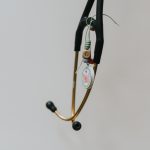

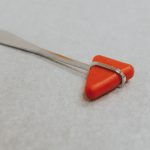
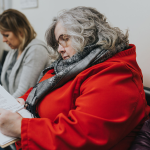


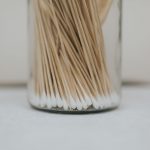
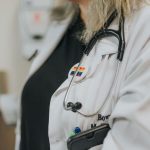
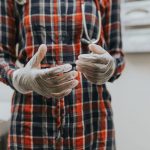

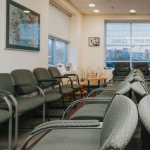
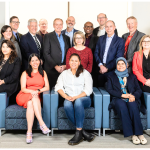
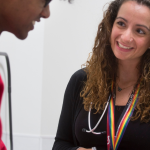
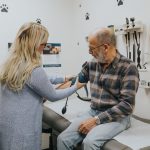
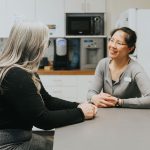

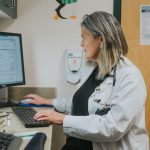
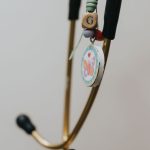
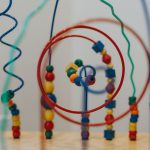
Comments for this post are now closed. If you would like to share your feedback on this topic, please email support@cpsa.ca.